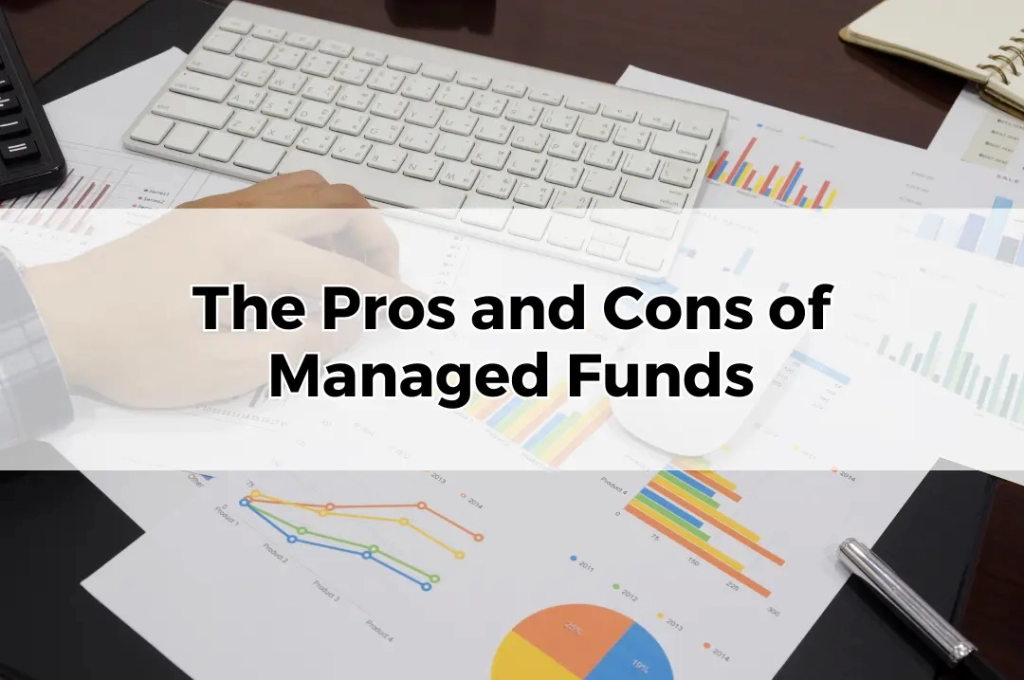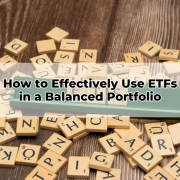The Pros and Cons of Managed Funds
Table of Contents
ToggleManaged funds, also known as mutual funds, are investment vehicles that pool money from multiple investors to invest in a diversified portfolio of assets. These assets can include shares, bonds, real estate, and other securities. In Australia, managed funds have gained substantial popularity due to their accessibility and the professional management they offer.
The popularity of managed funds in Australia is attributed to their ability to provide everyday investors with access to a broad range of investment opportunities that would otherwise be difficult to manage independently. They offer a hands-off approach to investing, appealing to those who prefer to leave the complexities of asset management to professionals.
How Managed Funds Work
Fund Management Structure
Managed funds are overseen by professional fund managers who make investment decisions on behalf of the investors. These managers aim to achieve the fund’s investment objectives, which can range from capital growth to income generation. The structure typically includes a trustee, responsible for ensuring the fund operates in accordance with its stated objectives and legal requirements.
Types of Managed Funds
There are several types of managed funds available in Australia, including equity funds, bond funds, balanced funds, and sector-specific funds. Each type has its own investment strategy and risk profile, catering to different investor needs and preferences.
Advantages of Managed Funds
Professional Management
One of the primary advantages of managed funds is the professional management they offer. Fund managers bring expertise and experience to the table, which can be particularly beneficial for investors who lack the time or knowledge to manage their investments actively.
Diversification Benefits
Managed funds provide diversification by investing in a wide range of assets. This helps to spread risk and can lead to more stable returns over time. Diversification reduces the impact of poor performance by any single investment on the overall portfolio.
Accessibility and Convenience
Easy Entry and Exit
Managed funds are designed to be accessible, allowing investors to easily buy and sell units. This liquidity makes managed funds a convenient option for those looking to invest without the complications of trading individual securities.
Minimum Investment Requirements
Many managed funds have relatively low minimum investment requirements, making them accessible to a broader range of investors. This allows individuals with limited capital to participate in the financial markets and benefit from professional management.
Cost Efficiency
Economies of Scale
Managed funds can achieve economies of scale, which can lead to lower costs per unit for investors. By pooling resources, funds can reduce transaction costs and other expenses, potentially enhancing overall returns.
Fee Structures
While managed funds do charge management fees, these fees are typically transparent and outlined in the fund’s prospectus. It’s important for investors to understand these fee structures, as they can impact net returns.
Performance and Returns
Historical Performance Analysis
Historical performance can provide insight into a managed fund’s potential returns. While past performance is not indicative of future results, it can help investors understand the fund’s track record and how it has navigated various market conditions.
Potential for High Returns
Managed funds, especially those managed by skilled managers, have the potential to deliver high returns. The expertise and resources available to fund managers can lead to superior asset selection and timing, enhancing the fund’s performance.
Risk Management
Risk Diversification
Managed funds inherently offer risk diversification by spreading investments across various assets. This reduces the reliance on any single investment and mitigates the risk of significant losses.
Mitigating Individual Share Risk
By investing in a managed fund, investors can avoid the risk associated with holding individual shares. Poor performance by a single share will have a limited impact on the overall portfolio, providing a layer of protection.
Transparency and Reporting
Regular Reporting Requirements
Managed funds are required to provide regular reports to investors, detailing the fund’s performance, holdings, and financial position. This transparency helps investors stay informed about their investments and make educated decisions.
Access to Fund Information
Investors in managed funds have access to comprehensive information about the fund’s strategy, objectives, and performance. This information is crucial for assessing whether a fund aligns with an investor’s goals and risk tolerance.
Drawbacks of Managed Funds
Management Fees and Costs
One of the main drawbacks of managed funds is the management fees and other associated costs. These fees can eat into returns, especially in years when the fund’s performance is weak. It’s important for investors to weigh these costs against the potential benefits of professional management.
Potential Underperformance
Not all managed funds perform well. Some may underperform the market or their benchmark indices. This underperformance can be due to poor investment choices, high fees, or unfavorable market conditions. Investors must conduct due diligence when selecting a fund.
Lack of Control
Limited Decision-Making Power
Investing in a managed fund means ceding control over investment decisions to the fund manager. This can be a disadvantage for investors who prefer to have a say in how their money is invested.
Reliance on Fund Managers
The performance of a managed fund heavily relies on the skill and decisions of the fund manager. If the manager makes poor investment choices, the fund’s performance can suffer, impacting investor returns.
Tax Considerations
Tax Efficiency of Managed Funds
Managed funds can be tax-efficient, especially those that focus on long-term capital gains. However, investors should be aware of the tax implications of distributions and capital gains within the fund, which can affect overall returns.
Impact of Capital Gains Tax
When managed funds sell assets within the portfolio, they may incur capital gains tax, which is passed on to investors. Understanding the tax impact of these transactions is important for managing overall investment returns.
Comparing Managed Funds with Other Investment Options
Managed Funds vs. ETFs
Exchange-traded funds (ETFs) are similar to managed funds but typically have lower fees and are traded on share exchanges. Comparing these two options can help investors decide which is more suitable for their needs based on cost, flexibility, and investment strategy.
Managed Funds vs. Direct Share Investment
Direct share investment involves purchasing individual shares, offering more control and potentially lower costs. However, it requires more time, knowledge, and risk management skills. Managed funds offer a hands-off approach with professional management and diversification benefits.
Investing in managed funds in Australia comes with its set of advantages and disadvantages. While they provide professional management, diversification, and convenience, they also entail fees and reliance on fund managers. By weighing these factors and considering their financial goals and risk tolerance, investors can determine whether managed funds align with their investment strategy.









